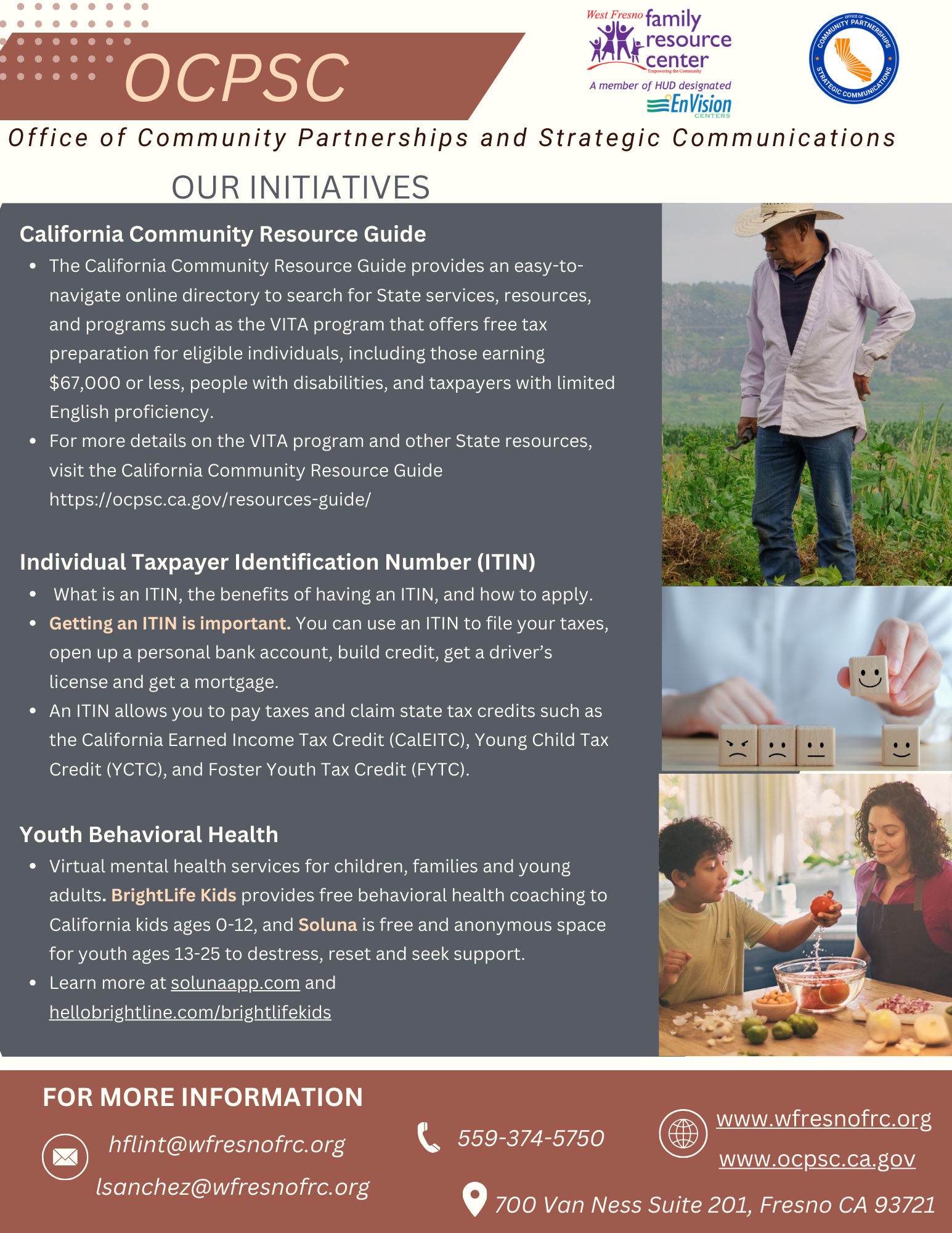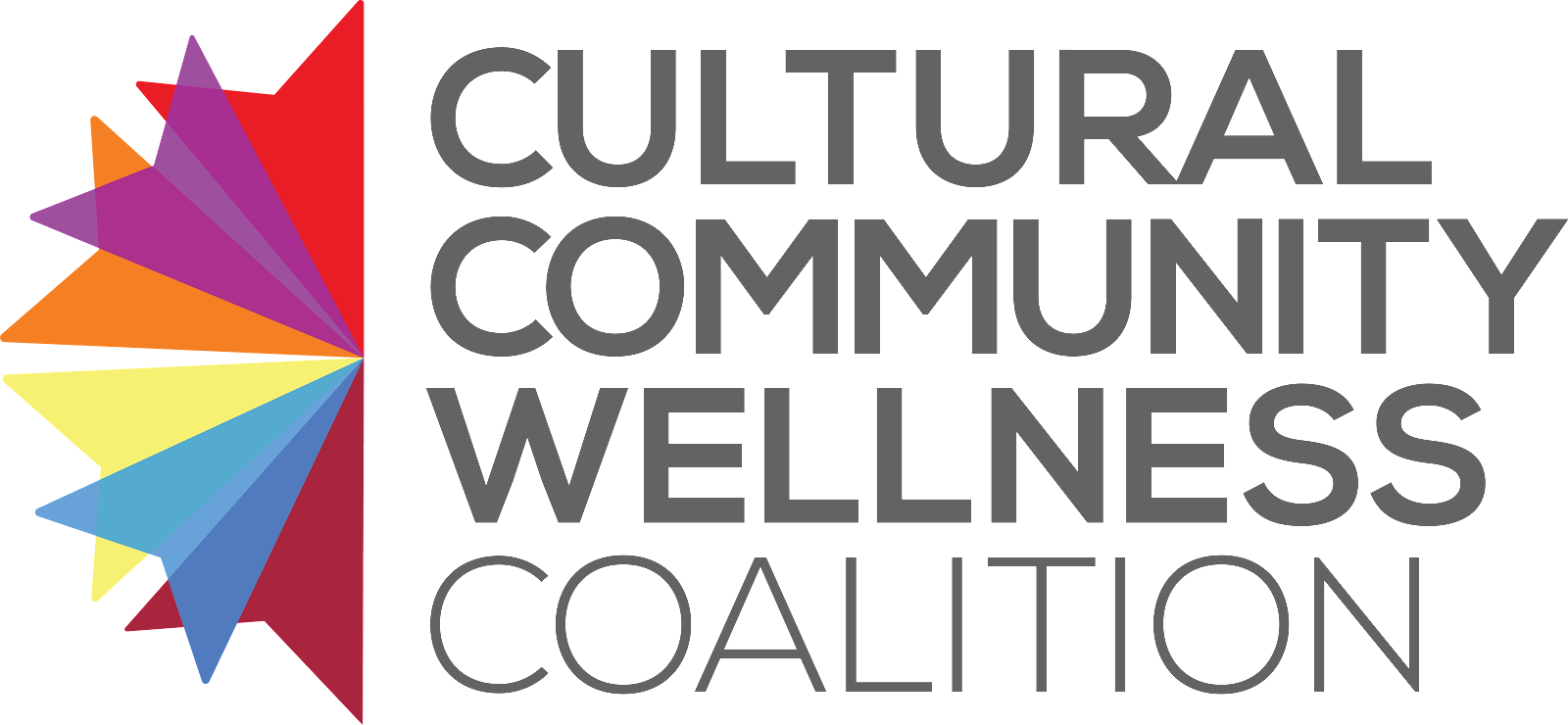Office of Community Partnerships and Strategic Communications

Office Community Partner Strategic Communication (OCPSC)
Extreme Heat Campaign
California is seeing its fair share of high temperatures and we want communities to have the resources to prepare and protect themselves from the dangers of heat-related illnesses. Learn about how extreme heat affects California’s most vulnerable populations.

Extreme Heat Glossary of Terms
Heat Glossary
Extreme Heat Events
● Extreme heat events are two or more days and nights of unusually high heat for your region.
Heat sensitivity or heat vulnerability
● People who are at greater risk of heat-related illness and death during extreme heat events are considered heat sensitive or heat vulnerable.
● Extreme heat can worsen chronic health conditions. Check on your loved ones who might be suffering from heart disease, asthma, diabetes, or mental illness.
● Some medications can limit the body’s ability to regulate temperature. Talk to your healthcare provider or pharmacist to see if any of your medications affect your body’s ability to regulate temperature.
Sweating
● Sweating is our body’s main way to cool down. Heat sensitive groups are those who do not adjust as well to sudden changes in temperature or sweat less.
● During extreme heat events, avoid excessive sweating.
○ Replace your fluids by drinking more water than usual.
○ Avoid being outside in the direct heat (including play and exercise), especially when the sun’s rays are strongest, between 10am and 4pm.
○ Visit places with air-conditioning. If using fans instead, take extra precautions: high temperatures without humidity can make fans ineffective in cooling you down, especially at degrees higher than 95. Fans do not cool the air, so air currents flowing over the body must be cooler than your body temperature to cool you down.
Heat sensitive/heat vulnerable groups
● Older adults
● Young children, 4 years and younger
● People with disabilities or chronic health conditions
● Pregnant people
● Those who may be taking medications that limit the body’s ability to regulate heat, i.e.
antidepressants, blood pressure medications, etc.
● Urban residents
● Workers: Those who work outside or in non-air-conditioned environments
● Unhoused residents
● Those who lack access to air-conditioning or transportation to get to a cooling center
Danger zones
● Cars: Never leave anyone, including a child or pet, in a parked car, as temperatures can rise almost 20 degrees in 10 minutes, even with a window cracked open.
● Homes without air-conditioning: The use of fans can help mitigate heat, but high temperatures without humidity can make fans ineffective in cooling you down, especially at degrees higher than 95. Fans do not cool the air, so air currents flowing over the body must be cooler than your body temperature to cool you down.
Extreme Heat Campaign Launch
Heat-related Illness
● Extreme heat is dangerous, killing more people in the U.S. than all other extreme weather events. Prolonged exposure to extreme heat causes heat illness and death, and can worsen existing chronic health conditions.
● Warning signs of heat illness vary, but may include heavy sweating, muscle cramps, weakness, headache, nausea or vomiting, paleness, tiredness, or dizziness. Or If you see someone suffering from these symptoms, move them to a cooler place, help lower their body’s temperature with cool cloths, and have them sip water.
● Heat illnesses include heat stroke, heat exhaustion, heat cramps, and skin irritation.
○ Heat Stroke: Warning signs include a high body temperature of 103 degrees or
higher, hot, red, dry, or damp skin, fast strong pulse, headache, dizziness,
nausea, confusion, or losing consciousness.
■ If you suspect someone is suffering heat stroke, call 911 right away. Then,
move the person to a cooler place, and try to cool them down with cold
cloths or a bath. Consult the Emergency First Aid for Heat Stroke page for
more information on steps to take.
○ Heat cramps: Warning signs include heavy sweating during intense exercise and muscle pain or spasms.
■ If you are suffering these symptoms, stop physical activity immediately.
Move to a cool place, loosen your clothes, sip water, and try to cool down
with cold cloths or a bath.
■ Get medical help right away if you are throwing up, your symptoms
worsen or last longer than an hour.
○ Skin irritation:
■ Sunburn: Warning signs include painful warm red skin or if you’re skin is
blistering.
● If you are suffering from sunburn, move out of the sun and stay in
the shade until your sunburn heals. You can help your skin heal
with cool cloths, a cool both, or moisturizing lotion. Do not break
blisters.
■ Heat rash: Warning signs include red clusters of small blister that look like
pimples and can be found on the neck, chest, groin, elbow creases, and
other common areas where sweat pools.
● If you are suffering from heat rash, move out of the sun and stay in
the shade. Keep the rash dry. You can soothe the rash by using
baby powder.
Heat Ready CA
- The Heat Ready CA website is now live! Go to Heat Ready CA or Cuidate del Calor CA to learn more about who should make a plan to stay safe, how to recognize the signs of heat illness, and to create a customized heat plan. The website includes resources in one convenient place.
Energy Insecurity
● The inability to meet your basic household energy needs, such as running the air-conditioning during extreme heat events. This insecurity may be a result of earning a lower income and being unable to afford to run air conditioning, lacking air conditioning, or living in households without proper insulation.
● Energy insecurity also coincides with other inequities such as excessive exposure to air pollution.
Heat-island effect/urban heat-island effect
● Due to a number of factors, urban areas can be as much as 22 degrees hotter than other parts of the same area. These factors include having less vegetation and more paved and dark surfaces, such as unshaded roads and buildings, that retain heat during the day and radiate that heat into the surrounding air. Cities have more tall buildings that block wind flow that would otherwise provide cooling. Urban areas also have a
concentrated number of cars and air-conditioners which create more heat.
Cooling center
● A cooling center is a safe place for you and your family to go to cool down during extreme heat events, and other air-conditioned spaces such as your local library, shopping mall, or community center.
● Some counties create cooling sites at local government buildings and businesses, and outdoors in spray parks, community pools, and public parks.







